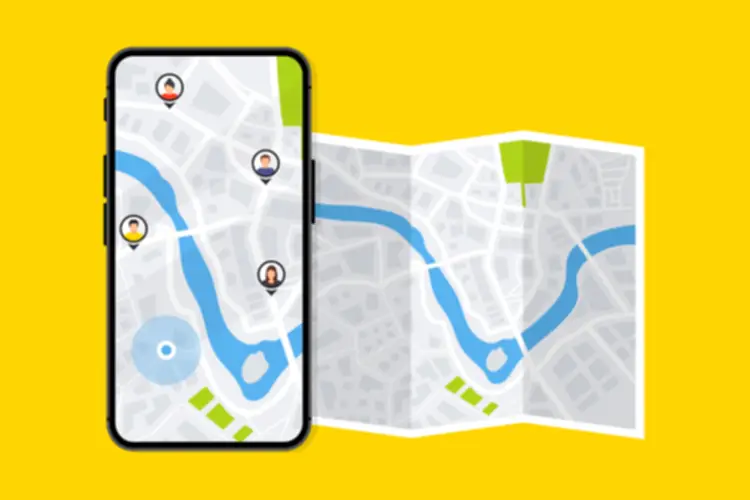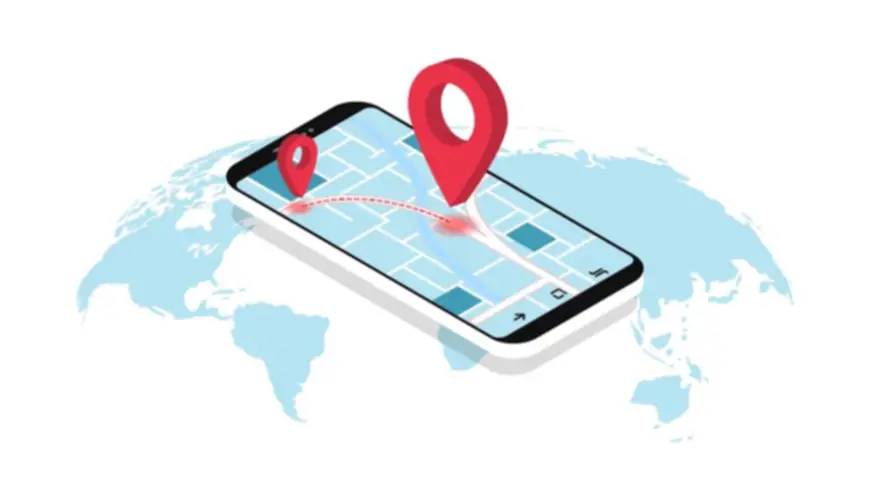The outcomes indicate that our fusion strategy persistently outperforms typical methods, reinforcing the effectiveness of our hybrid Transformer-CNN architecture in real-world sign language recognition applications. The model integrates a main path for international feature extraction and an auxiliary path for background-suppressed hand options, using element-wise multiplication for characteristic fusion. This approach ensures that irrelevant background info is suppressed, permitting the mannequin to focus exclusively readily available actions and fine-grained gesture details. Additionally, by incorporating a Vision Transformer module, our mannequin captures long-range dependencies between hand regions, additional bettering recognition accuracy. In order to provide a comparative assessment between CNN-only and hybrid CNN + ViT architectures, we additional analyzed their respective consideration behaviors using saliency maps, as shown in Fig.
The proposed Hybrid Transformer-CNN model achieves an impressive 99.97% accuracy, considerably outperforming other architectures. This improvement is attributed to characteristic fusion, self-attention mechanisms, and an optimized coaching technique. Inference latency is a critical factor within the sensible application of signal language recognition techniques.
The evaluation of the Proposed Hybrid Transformer-CNN model against state-of-the-art architectures demonstrates its superior accuracy, efficiency, and computational performance (in Desk 6). The results indicate that the proposed model achieves the highest accuracy of ninety nine.97%, surpassing all previous fashions whereas maintaining an inference speed of 110 FPS and a computational complexity of 5.zero GFLOPs. Additionally, the mannequin reveals an optimized computational cost, significantly outperforming Imaginative And Prescient Transformer, which has a computational burden of 12.5 GFLOPs, whereas reaching superior accuracy. Determine 9 compares the performance of the proposed mannequin with current architectures primarily based on accuracy, error fee, FPS, and computational complexity (GFLOPs).
What Are The Restrictions Of Present Sign Language Translation Technology?
- Their model utilizes the transformer structure, which has turn out to be extremely efficient in sequence modeling, to seize both spatial and temporal dependencies in signal language gestures.
- We shall exclusively use native Deaf signers for our Digital Signer appearances, with expressed written consent and a remuneration scheme for use of appearance in commercial settings.
- By capturing long-range dependencies throughout the hand, it plays a significant function in improving both the accuracy and reliability of gesture recognition, especially in challenging situations.
- Second, by eliminating background distractions, the model focuses on the essential hand-specific options, bettering the precision of extracted gesture characteristics.
Signapse utilises a vast collection of signal language videos made by certified translators to ensure translations are as accurate as potential. Comparison of attention visualizations, heatmaps from a CNN-only mannequin and a focus maps from a CNN + ViT hybrid mannequin https://www.globalcloudteam.com/. Our photo-realistic digital signer makes use of world-leading Laptop Imaginative And Prescient technology to generate a BSL video that is indistinguishable from a human signer. We produce sign language movies by blending between completely different glosses, with our digital signer calculating the positioning and course of the glosses to ensure the video is easy and comprehensible. This approach allows us to create seamless and realistic videos, converting diverse recordings into a constant high-quality appearance.

We’d Love Your Input
The prime row corresponds to the CNN-only model and its consideration map, whereas the underside row visualizes the outputs of the CNN + ViT hybrid configuration. The CNN-only mannequin displays broad and subtle consideration, often overlaying irrelevant background areas, indicating a scarcity of spatial selectivity. In contrast, the CNN + ViT mannequin generates more compact, concentrated attention regions that align closely with the hand’s construction. This behavior highlights the ViT’s ability to model long-range dependencies and refine native options extracted by the CNN. The capability to precisely attend to critical gesture cues further substantiates the declare that ViT integration leads to substantial performance and robustness features over standard CNN-only architectures.
These changes not only enhance comprehension but additionally highlight the logical progression from architectural design to experimental validation. These advances bridge communication gaps and be sure that Deaf individuals have higher access to info and companies. Hand Talk is on a mission to leverage expertise to break communication limitations between deaf and listening to folks globally since 2012.
Obtain both direct literal translations and enhanced natural language variations that protect emotional nuance and cultural context. Signapse makes use of AI solutions to mix the chosen movies together perfectly, making certain realistic transitions and accurate grammar. Together, we will build a future the place sign language access is immediate, seamless, and actually inclusive. If you’re Deaf, Exhausting of Hearing, a sign language professional, or someone who works in accessibility, we’d love to pay attention to from you. This post breaks down our 7-tier framework, the place we are actually (Tier 2), what’s next, and how we’re measuring real progress — with Deaf-led enter at every stage.
Collectively, these parts enhance communication by conveying refined emotions often missed in spoken language2. Signal language thus serves as a dynamic, fluid system that fosters connection and understanding between people regardless of listening to ability3. Additionally, the ASL dataset consists of pictures captured under various lighting and background situations. Background subtraction helps standardize the input information, making the mannequin more resilient to environmental variations. In distinction, the addition operation amplifies background parts, making it more durable for the mannequin to differentiate hand gestures from their surroundings. The proposed Hybrid Transformer-CNN model achieves the best accuracy (99.97%) on the ASL Alphabet dataset, outperforming traditional CNNs, hybrid models, and pure transformer-based architectures.

The international context options present the broader gesture structure, while the hand-specific options concentrate on fine-grained details of the hand, both of that are essential for correct signal language recognition. Sun et al.35 launched ShuffleNetv2-YOLOv3, a real-time recognition method for static sign language utilizing a light-weight community. Their mannequin combines ShuffleNetv2, known for its environment friendly and low-complexity design, with YOLOv3 for object detection. This combination allows the model to process static signal language gestures with high pace and accuracy whereas sustaining computational efficiency. The use of ShuffleNetv2 ensures that the mannequin remains lightweight, making it suitable for real-time applications on gadgets with restricted computational assets. Liu et al.36 developed a lightweight network-based sign language robotic that integrates facial mirroring and a speech system for enhanced signal AI in Telecom language communication.
KAT Hybrid brings collectively the speed of AI with the accuracy and cultural integrity of Deaf Interpreters (DI / CDI’s). We’re developing signbridge ai the next technology of AI-powered ASL translation, and you’re invited to assist form it. We are in search of forward-thinking purchasers that goal to build the subsequent generation of access for signal language customers. Enhance the journey expertise for Deaf passengers with our digital signal language shows, available in BSL and ASL.
In distinction, the hand-specific characteristic path concentrates on finer details throughout the hand region. This contains crucial local features similar to finger positions, hand edges, and subtle movements that distinguish similar gestures from one another. By isolating these local options, this path ensures that the model is sensitive to small however necessary variations which may be essential for accurate classification. This experiment highlights the effectiveness of background subtraction as a vital preprocessing step in gesture recognition. The proposed model advantages from this approach by attaining higher accuracy and improved robustness in opposition to background interference. To further validate the effectiveness of background elimination in gesture recognition, we conducted a comparative experiment by changing the key “subtraction” operation.
Vision Transformers (ViTs) address this by leveraging self-attention to model global contextual data but require large datasets and vital computational sources, limiting their practicality in real-time SLR20. Hybrid models combining CNNs and Transformers have proven success in fields like NLP and image classification21,22,23,24, yet their application to SLR continues to be emerging. While our current model demonstrates sturdy robustness via background suppression and information augmentation, explicit analysis underneath challenging situations such as hand occlusion and poor lighting remains a needed subsequent step. In future experiments, we aim to use datasets that incorporate intentional occlusions and environmental variability to evaluate resilience under such situations. Additionally, we plan to introduce artificial occlusion augmentation and contrast-limited adaptive histogram equalization (CLAHE) during coaching to additional improve generalization. We additionally intend to conduct a deeper misclassification evaluation using difficult gesture pairs to establish and mitigate edge-case failures.
Future work will discover quantization and pruning strategies to additional scale back the mannequin dimension without compromising accuracy, ensuring suitability for deployment in resource-constrained environments. Rastgoo et al.31 introduced a multi-modal zero-shot studying approach for dynamic hand gesture recognition, aiming to boost recognition performance without the need for labeled training information for each gesture. The mannequin leverages multiple modalities, including video and depth data, to grasp and classify dynamic gestures in a zero-shot setting.